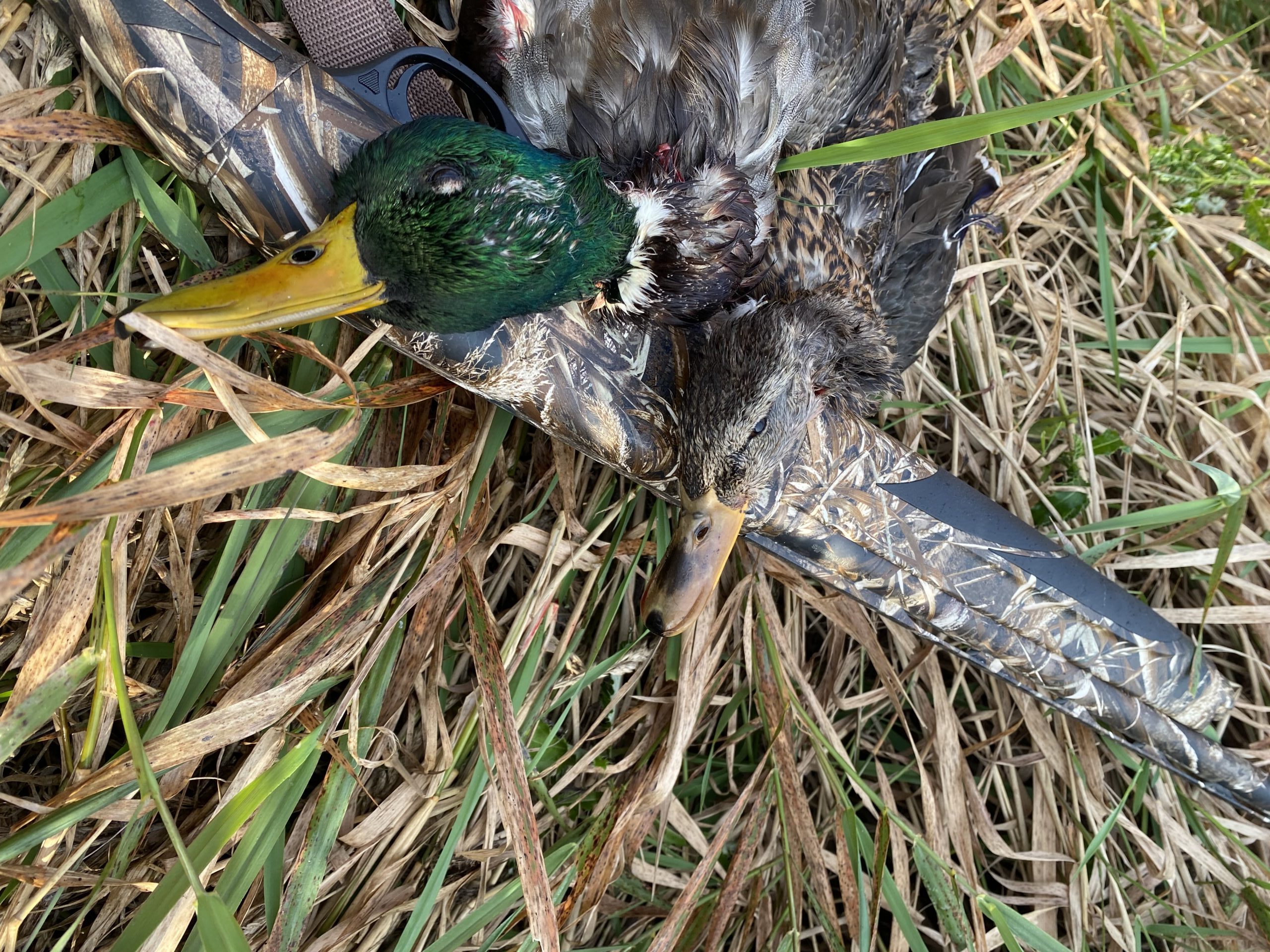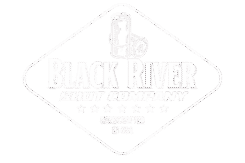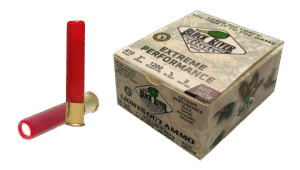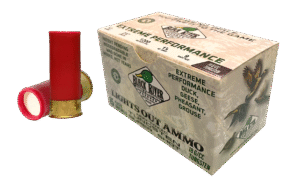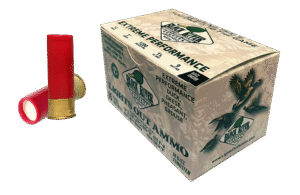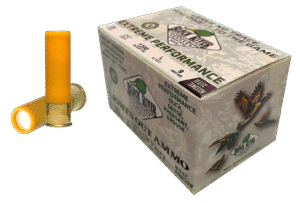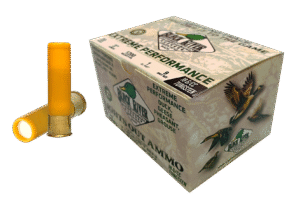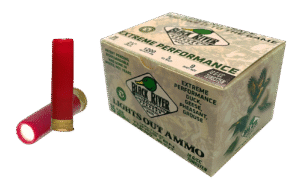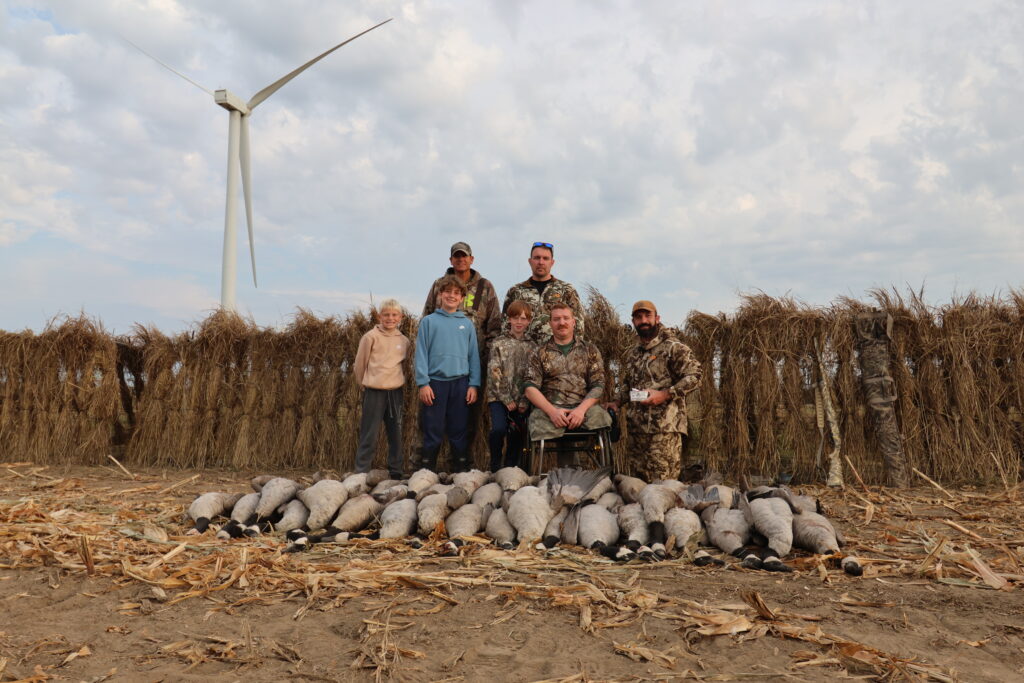
If you’ve been hunting long enough, you’ve probably heard it a thousand times: “Go bigger if you want knockdown power.” That logic made sense back in the days of lead and early steel loads. Bigger pellets meant more energy, deeper penetration, and fewer cripples — plain and simple.
But that rule doesn’t hold up anymore.
Modern tungsten shot has completely changed the math. With a density far beyond lead, a smaller tungsten pellet can hit harder, fly truer, and pattern denser than anything you’ve ever hunted with before. The old “bigger is better” mindset has been flipped on its head — and hunters across the country are rethinking what shot size really means.
At Black River Shot Company, we’ve spent years testing tungsten in the field, and the results are clear: when your material is this dense, you don’t need multiple sizes for different birds. You just need the right one.
And that one is TSS#9.
The Old System: How Lead and Steel Created Shot Size Confusion
Before tungsten came along, hunters had to make constant trade-offs between pellet size, pattern density, and down-range energy. Every material behaved differently — and that meant a different shot size for almost every species.
Back in the lead days, the system was simple enough: the smaller the number, the bigger the pellet. A #4 lead shell was heavier and hit harder than a #6, so you’d pick larger pellets for geese and smaller ones for ducks or upland birds. Then steel entered the picture — lighter, faster, but far less dense. Suddenly, hunters needed to move up in pellet size just to get the same knockdown power they were used to.
That’s where the confusion started.
Steel’s low density (around 7.8 g/cc) forced hunters to chase energy by going bigger, even though that meant fewer pellets and thinner patterns. Lead, at about 11.3 g/cc, performed better but came with environmental restrictions. For decades, hunters were stuck playing a constant balancing act — switching from #2s to #4s to #6s depending on the bird and the season.
Here’s how the numbers stack up:
| Material | Density (g/cc) | Typical Duck Load | Pellets per Ounce |
|---|---|---|---|
| Steel | 7.8 | #2 | ~125 |
| Lead | 11.3 | #4 | ~135 |
| Tungsten | 18.0 | #9 | ~360 |
When you look at those densities, it becomes obvious: we were choosing shot size to compensate for material limitations. The only reason we needed bigger pellets was because the metals we used weren’t heavy enough to carry their energy far.
That all changes with tungsten.
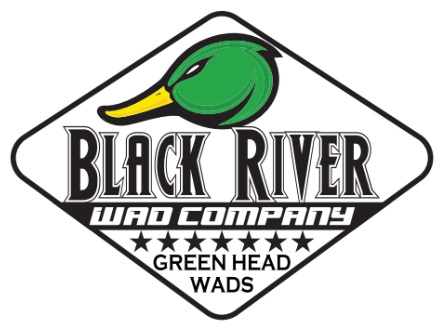
- Green Head Wad Shot Shells
Black River Wad Co .410 Gauge 3″, 5/8 oz – (1200 FPS) TSS #9 (15-Pack)
Original price was: $69.99.$59.99Current price is: $59.99. - Green Head Wad Shot Shells
Black River Wad Co 12 Gauge 2¾″, 1 oz – (1200 FPS) TSS #9 (15-Pack)
Original price was: $89.99.$79.99Current price is: $79.99. - Green Head Wad Shot Shells
Black River Wad Co 12 Gauge 3″, 1⅛ oz – (1200 FPS) TSS #9 (15-Pack)
Original price was: $99.99.$89.99Current price is: $89.99. - Green Head Wad Shot Shells
Black River Wad Co 20 Gauge 2¾″, ⅞ oz – (1200 FPS) TSS #9 (15-Pack)
Original price was: $79.99.$69.99Current price is: $69.99. - Green Head Wad Shot Shells
Black River Wad Co 20 Gauge 3″, 1 oz – (1200 FPS) TSS #9 (15-Pack)
Original price was: $89.99.$79.99Current price is: $79.99. - Green Head Wad Shot Shells
Black River Wad Co 28 Gauge 2¾″, ¾ oz – (1200 FPS) TSS #9 (15-Pack)
Original price was: $79.99.$69.99Current price is: $69.99.
Tungsten Changes the Game
When tungsten hit the market, it didn’t just add another option to the ammo shelf — it completely rewrote what was possible in a shotshell. The difference comes down to one word: density.
Tungsten is 56% denser than lead and more than twice as dense as steel. That means every tiny pellet carries far more mass in a smaller package. Instead of relying on a big pellet to punch through feathers and bone, tungsten lets a much smaller pellet deliver the same — or greater — energy.
A #9 tungsten pellet, for example, hits with nearly the same downrange energy as a #5 lead pellet, yet you get three times as many pellets per ounce. That’s three times the pattern density, three times the chances of putting a pellet in a vital zone, and far fewer crippled birds.
But density does more than boost energy — it improves aerodynamics and penetration. Denser pellets maintain velocity longer, resist wind drift, and penetrate deeper once they hit. The result?
Patterns that stay tight at 50–60 yards and hits that feel almost unfair in their precision.
Hunters used to give up pattern density to gain knockdown power. Tungsten gives you both.
Once you experience it in the field — the way #9s fold a mallard at 45 yards or drop a turkey stone dead at 50 — you realize this isn’t just a new material.
It’s a whole new way of thinking about shot size.
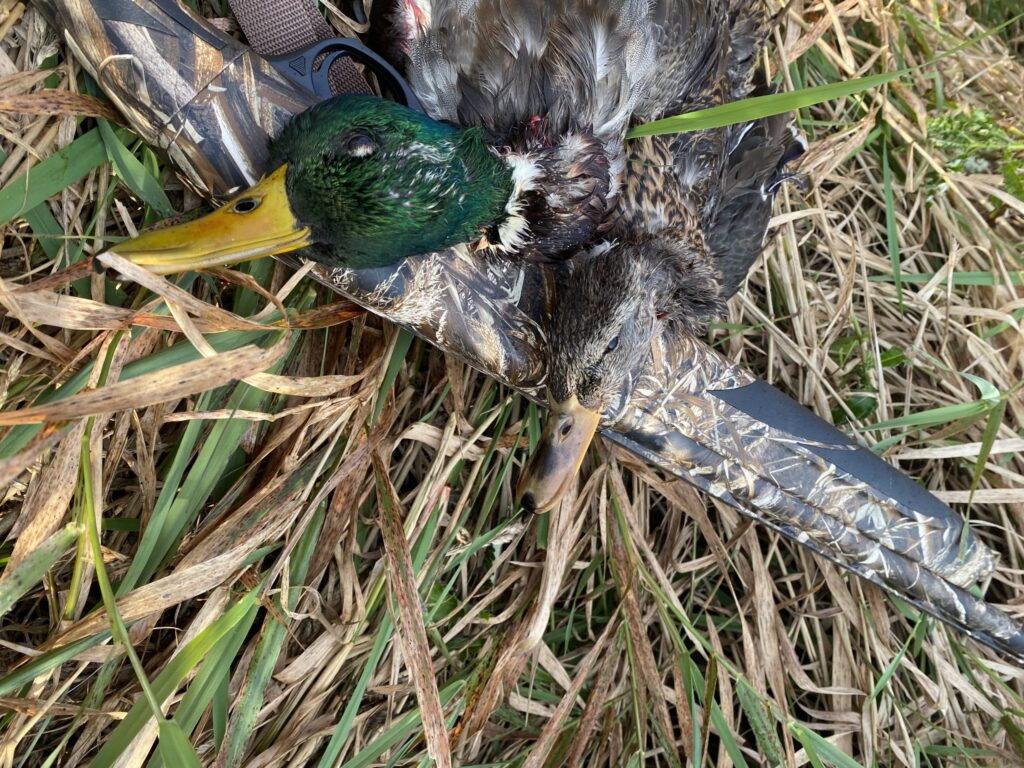
Pattern Density vs. Pellet Energy — Finding the Sweet Spot
When hunters argue about shot size, they’re really arguing about two things: how many pellets you can put on target (pattern density) and how much energy each pellet delivers (pellet energy). For decades those two factors were a trade-off: you’d pick a bigger pellet for energy and accept fewer pellets, or choose lots of small pellets and hope for good pellet placement. Tungsten changes that equation.
Pattern density is simple: more pellets in the same ounce = more chances to strike a vital zone. With tungsten’s high density you get many more pellets without increasing the ounce weight of the load. More pellets means a higher probability of multiple hits on the bird’s head/neck or vitals, which translates directly into cleaner, more ethical kills.
Pellet energy matters because a hit has to transfer enough energy to break bone or destroy vital tissue. Tungsten’s mass in a smaller diameter pellet delivers energy like a larger lead pellet would, so you don’t sacrifice penetration when you downsize.
Real-world example (how the math plays out): a tungsten #9 load can put three times the pellet count in the same ounce compared with a comparable lead or steel load. That means, in practical terms, at 40 yards you’ll see far more strikes inside a 10-inch circle — not just more surface hits, but more meaningful, energy-carrying strikes.
What Really Kills — Energy or Accuracy?
Both. Energy without hits is meaningless; hits without energy are cripples. Tungsten gives you both: the pellet count to increase hit probability and the per-pellet energy to finish the job. That’s the sweet spot every hunter wants.
Practical note: match your choke to the range. Tungsten patterns tighter than steel, so you can use an improved-cylinder to modified choke for close to midrange work and a full or tighter modified for longer shots. The result is more reliable patterns, fewer wounded birds, and better confidence in the field.
The #9 Advantage — One Shell for Every Hunt
If you boil it down, #9 tungsten is the practical answer hunters have been waiting for: a single load that covers most birds and most situations without the guesswork. Here’s how that plays out by game type and why carrying one dependable shell simplifies gear, reduces second-guessing in the blind, and increases your odds when it counts.
Waterfowl
For ducks and teal, pattern density is king. A #9 TSS load gives you dramatically more pellets inside the same ounce, which means tighter, fuller patterns on a broad target like a duck. Compared to steel or lead of the same ounce weight, #9 tungsten produces far more projectiles striking the bird, translating to quicker drops and fewer cripples. With the right choke (modified to full depending on distance and species), #9s make mid-range shots far more forgiving — and deadly.
Geese
Yes, geese are big and tough — but a well-patterned #9 tungsten load at common hunting ranges can deliver many more strikes across the body cavity than larger, lighter pellets. The key is proper range management and choke selection: tighter patterns and slightly heavier loads help focus that higher pellet count where it matters. For flier or long-range shots, pair #9 with a full choke or longer range-specific choke to maintain energy and pattern cohesion.
Turkey
Turkeys present a small, hard-to-hit target with bone and heavy muscle. The instinct is to reach for larger shot, but tungsten changes the calculus. A dense #9 pattern at 35–45 yards can place dozens of lethal pellets into a turkey’s head and neck area — more than enough when you factor per-pellet energy. For shot at 20–45 yards, a tighter choke (full or extra-full) ensures those pellets group where you aim for fast, ethical kills.
Upland & Pheasant
Upland shooting often involves quick, close-range bursts and the need to preserve meat. #9 gives you plenty of pellets to cover fast flushes without needing heavier pellet sizes that can produce excessive meat damage. Choke choice is usually more open for upland (improved cylinder to modified for most conditions), and the increased pellet count delivers consistent wing/neck hits on frantic birds.
Why One Shell Works in Practice
- Simplicity: One box in your vest means fewer mistakes in the field and quicker second shots when they matter.
- Consistency: Matching choke to known yardages gives reliable patterns across species.
- Ethics: More pellets in the vitals mean quicker, cleaner kills — fewer cripples and less tracking.
- Packability: Less gear to carry. No need to swap shells between decoy sets or a sudden turkey/opportunistic waterfowl encounter.
Practical Tips
- Pattern test at 40 yards. If you’re seeing solid pellet counts in a 10–12″ circle, you’ve got effective coverage.
- Tune your choke. Tungsten patterns tighter; experiment with one step looser than you’d use for steel to find the sweet spot for your gun.
- Mind your range. #9 extends your effective mid-range performance, but like any load, it has limits — don’t stretch shots beyond what your pattern supports.
Bring these elements together — choke, range, and the proven energy of tungsten — and #9 becomes not a compromise but a purposeful, versatile choice. It’s why so many hunters switch once they see the pattern cards and the field results.
Upgrade Your Hunt with Tungsten Loads
Don’t settle for less stopping power. Shop our premium tungsten shells and make every shot count.
Shop Tungsten LoadsThe Bottom Line — Smaller Number, Bigger Results
For decades, hunters had to think in terms of trade-offs — bigger pellets for power, smaller for pattern. Tungsten erased that compromise. When each #9 pellet hits like a lead #5, you’re no longer choosing between coverage and energy; you’re getting both in one shell.
That’s why more hunters every season are putting away their mixed boxes of #2s, #4s, and #6s and loading up with a single, lethal, field-proven round: #9 tungsten. It carries the energy, the density, and the consistency to perform whether you’re after mallards, gobblers, or late-season geese.
At Black River Shot Company, we didn’t build a lineup of dozens of loads for a reason. We built one tungsten load that simply works — across species, seasons, and conditions. It patterns tighter, hits harder, and lets you focus on what really matters: the hunt itself.
Because when every pellet counts, you don’t need more options — you just need the right one.
TSS#9 – Always on target. Always Black River.
